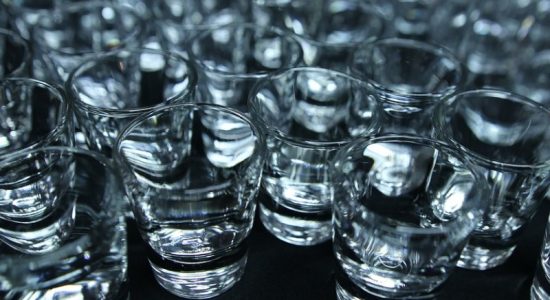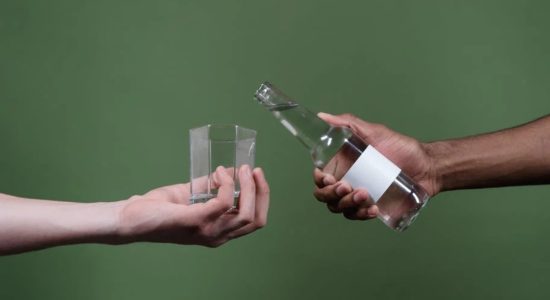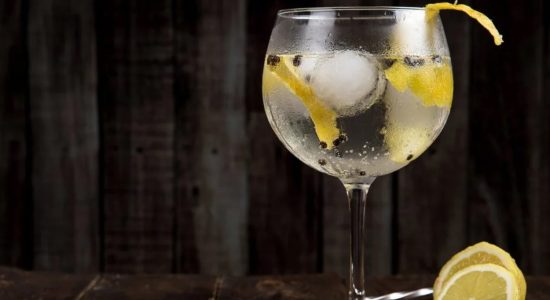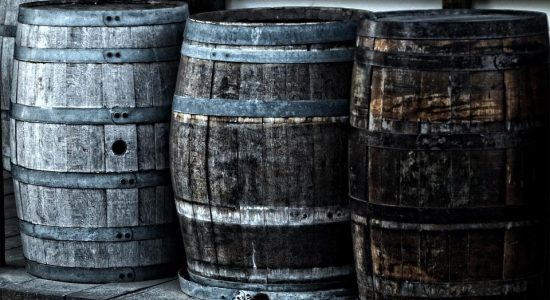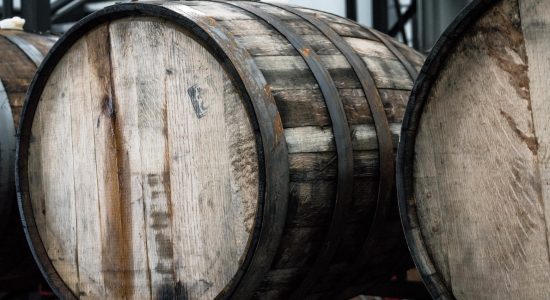How to Proof Moonshine? Step by Step Instructions

As you probably know by now, moonshine is a homemade, unaged alcohol that is traditionally made from a base of corn, meal, sugar, water and yeast. Although there are different recipes, moonshine typically lies within the rum-whiskey varieties.
It is recognizable by its clear color and high alcohol content, which is how it gained its notoriety as a particularly potent alcohol. Its roots can be traced back to Prohibition.
When it comes to making your own moonshine at home, this process can be extremely difficult if you are not prepared with all of the tools that you need to ferment the liquid and later on, distill the alcohol.
However, when done right, the process of making moonshine is exciting and rewarding because it requires part science and part artistry in order to completely get it right.
Through this process, many people get stumped on how to proof moonshine, which is one of the most crucial steps to creating good liquor that is smooth and full of flavour.
So, the question is, how do you proof moonshine? The answer is a lot simpler than you might imagine, provided you have the proper tools at your disposal.
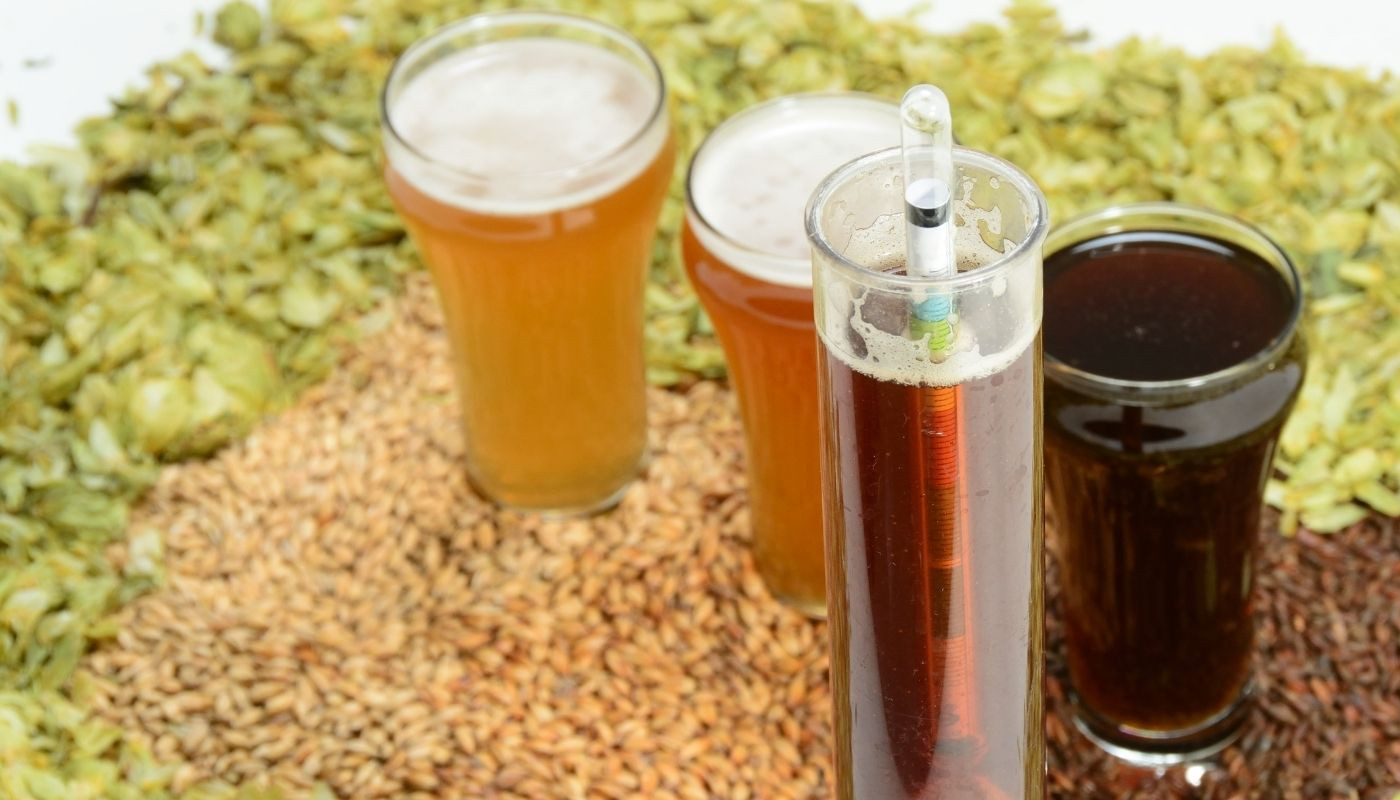
What Proof is Moonshine Usually?
With a reputation for being notoriously potent, moonshine is known for having a strong “kick” to it.
When it comes to what proof moonshine is, the figure usually hovers around 150 proof, which is about 75 percent alcohol. This number can vary and depends on a lot of different factors. In the United States, corn-whiskey is capped at 62.5 percent for it to be legally distributed and must be distilled to no more than 80 percent ABV, or 160 proof.
Moonshine veterans can tell the proof of their moonshine by simply observing the bubbles that form after shaking a jar of moonshine. Larger bubbles indicate a higher alcohol content, whereas smaller bubbles that disappear slowly indicate a lower alcohol content in the liquid.
Those who have been making moonshine for years are even able to match the readings of a hydrometer by simply observing the moonshine and bubble patterns.
For beginners however, mastering this is definitely not required because there are simple tools that can be used. Hydrometers are accurate, reliable and a must-have for when it comes to making moonshine.
How Do You Get High Proof Moonshine?
Once you have created your mash and fermented it for a couple of weeks, the next step is to distill your product.
The process of distillation separates the alcohol from water. This concentrates the alcohol from the liquid separated.
Understanding the distillation process: the key to get higher proof moonshine
- The alcohol that is separated from water is ethanol.
- Ethanol boils at a lower temperature than water.
- Pure ethanol boils at 172 degrees Fahrenheit, while water does not boil until it hits 212 degrees.
- Therefore, in the process of making moonshine, the wash is heated up to a temperature between 172 degrees and 212 degrees. From here, ethanol boils and produces a vapor. This vapor is crucial because this is the ethanol rising.
- The vapor is then condensed, turned back into a liquid and collected.
This is the last step of making moonshine and it is crucial in order to get high proof moonshine.
How to Proof Moonshine with Hydrometer (Step by Step)
In order to indicate the potential alcohol content of a liquid, an instrument called a hydrometer is used.
A hydrometer is used to measure the density of a liquid, compared to the density of water and can tell you the alcohol content of the liquid. There are two different types of hydrometers: proofing and brewing.
A brewing hydrometer is used to measure the potential alcohol content through a gravity reading, whereas a proofing hydrometer (also known as a spirit hydrometer) is used in the process of distilling to measure the final alcohol content.
Proofing Moonshine in 4 Easy Steps:
- To yield the best results, you will need a hydrometer and a copper moonshine parrot to accurately proof your moonshine.
- Place the hydrometer into the parrot.
- Once the moonshine has filled up the parrot, the hydrometer will float.
- The hydrometer will indicate the proof of the liquid coming out of the moonshine still.
Knowing the proof of your moonshine helps monitor your process.
While this is important for diluting and proofing, this also is crucial for making cuts during a run.
TIP: Having notes on previous runs can help the process of future runs as knowing the temperature and proof of the liquid will help aid the process.
Read Also: Best Hydrometers (Top 5 Compared)
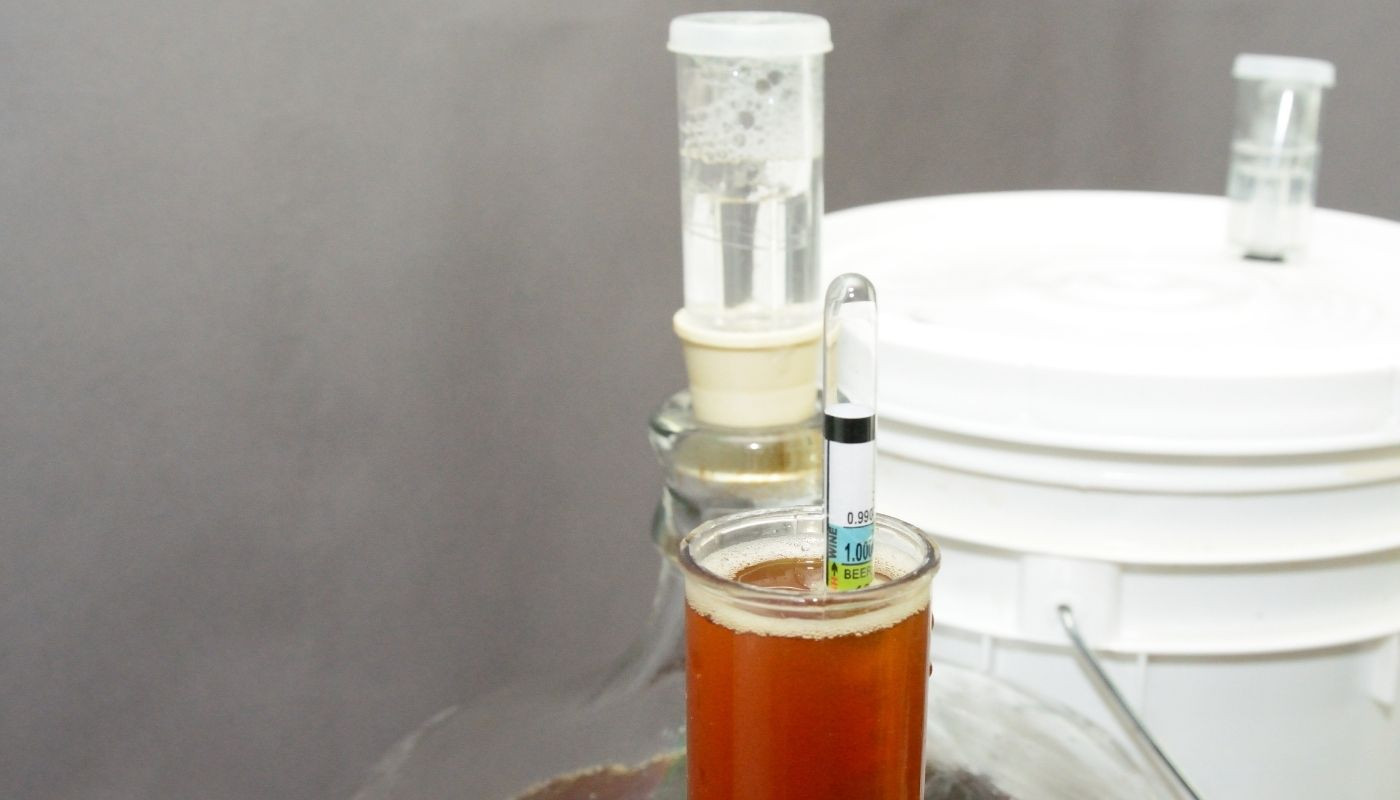
Can You Make 200 Proof Alcohol?
Making 200 proof alcohol is unfortunately not possible through distillation. 200 proof means the liquid is 100 percent ethanol, whereas 190 proof, means it is a 95 percent ethanol solution where the other 5 percent is water.
The highest proof that exists on the market is Everclear, which is 190 proof. There are limits to how pure we can get alcohol and getting it to a higher proof means it is more volatile and susceptible to being affected by the environment.
In order to make 200 proof alcohol, which is ethanol, magnesium ethoxide has to be distilled.
However, the crux of the problem is that once it is exposed to air, the liquid absorbs moisture from the atmosphere, thus making 95 percent ethanol.
Additionally, ethanol is known as an azeotrope. This means that the mixture has two or more liquids whose proportions cannot be altered by simple distillation. Therefore, the vapor produced from ethanol is 95.57 percent alcohol.
Boiling a pot of ethanol is limited at 95.57 percent, even if it is boiled until the last drop evaporates.
Through distillation, the strongest concentration of ethanol is 190 proof, which is why 200 proof alcohol is not possible through this process.
What is a Hydrometer and How to Use It
A hydrometer is an essential tool when it comes to homebrewing.
This instrument will be able to measure the Alcohol by Volume (ABV) in your liquid by measuring the amount of sugar in it. You should use your hydrometer throughout the process of fermenting to ensure that the sugar converting into alcohol.
Read Also: Best Hydrometers (Top 5 Compared)
– Run a test before your first batch
To use your hydrometer, many people choose to test their liquid in a trial jar. A trial jar is 200mm long jar that is made of clear plastic. Simply fill the jar about 35mm from the top of the jar with the liquid and drop your hydrometer into it.
The Specific Gravity (SG) can be read from the lower two levels from the side of the test jar.
Check out: What is Specific Gravity?
Although most people rely on the hydrometer as a guide, you can get accurate readings to work out the ABV.
To get the most accurate reading, the hydrometer should be used in a liquid with a temperature of 20°C.
To get the ABV, take the starting gravity from the finish gravity and divide this figure by 7.362.
– When to use a hydrometer?
Use a hydrometer at the start of your fermentation as well as at the end of the process. This will tell you if fermentation has been successful with all of the sugars being used. This step also tells you the potential ABV you have gotten from the fermentation process.
Read Also: Is A Refractometer More Accurate Than A Hydrometer?
Why Alcohol Content is Measured in Proof?
Proof measurement varies between countries.
The term “proof” was first established in 16-century England in order to tax liquor that contained a higher percentage of alcohol. While modern times have yielded new technologies to be able to easily tell the alcohol content of liquor, this greatly differs from how it used to be done in the past.
Previously, a gun pellet would be soaked in alcohol and if it lit up, the alcohol would be determined as a “proof spirit”. This meant that there was a high amount of alcohol and thus taxed at a higher rate.
However, there were issues with this method as it was not the most accurate.
A new system was eventually developed that was based on the scientific changes in density and gravity within the alcohol itself.
This proofing system was standardized to determine proof spirits. In the US, proof spirits contain 50 percent alcohol by volume, whereas in the UK, 57.1 percent alcohol by volume.
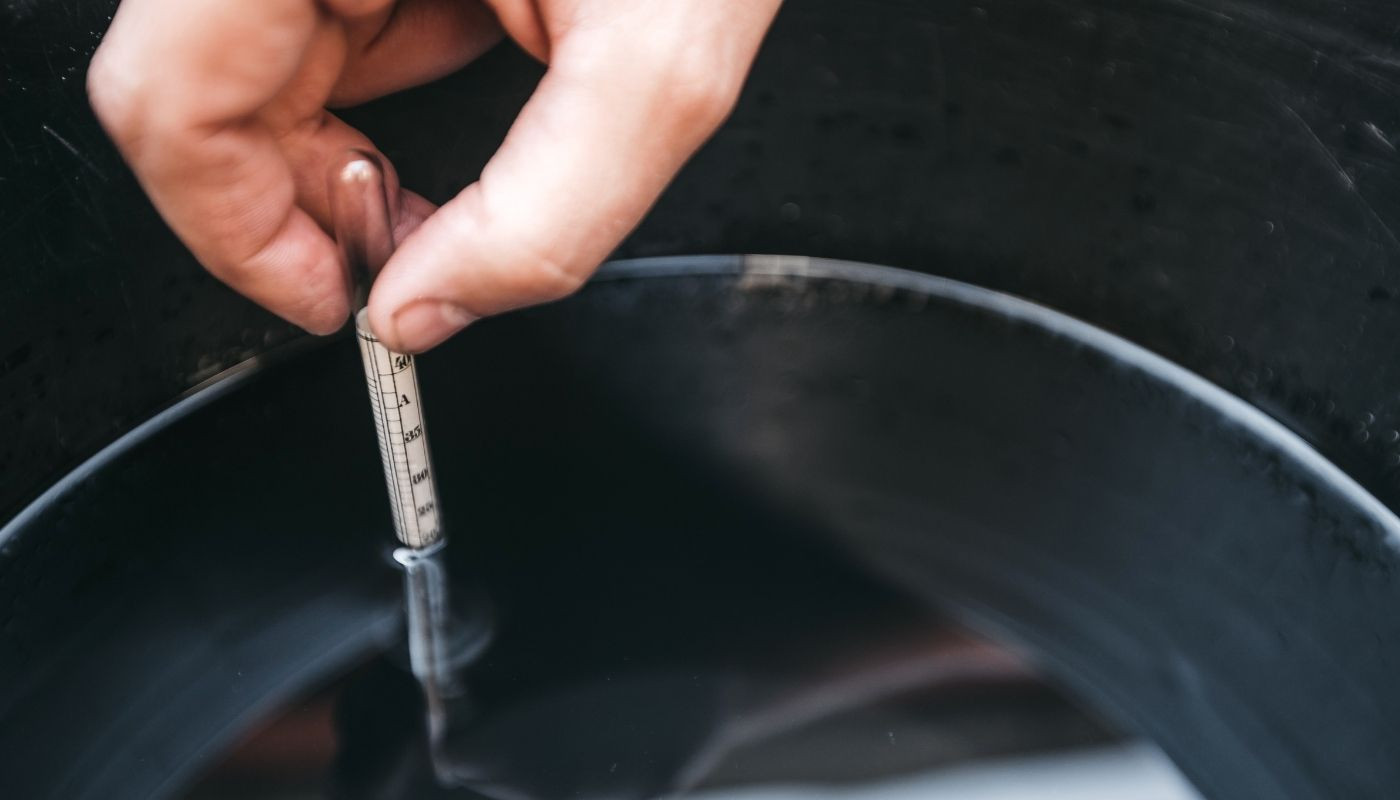
ABV vs. Proof
Alcohol content is measured in proof.
However, things can sometimes get confusing because the bottle will feature a different number.
– Understanding ABV
The number in ABV stands for alcohol by volume. This is the percentage of alcohol in the liquid. ABV is a standard measure for alcohol strength that is used globally.
– Understanding Proof
Proof differs from ABV because the formula to measure proof is two times alcohol by volume. For example, a vodka that is 45 percent ABC is 90 proof.
Conclusion
While making moonshine has been done successfully for years, getting it right can be an extremely daunting and difficult task.
However, to yield the best results, being prepared with the right tools and the correct knowledge will greatly aid the process. Making moonshine requires a bit of science and some artistry to successfully push you towards making a potent batch of corn-whiskey that is delicious and smooth.
With enough practice, you will be sure to make the perfect batch.


